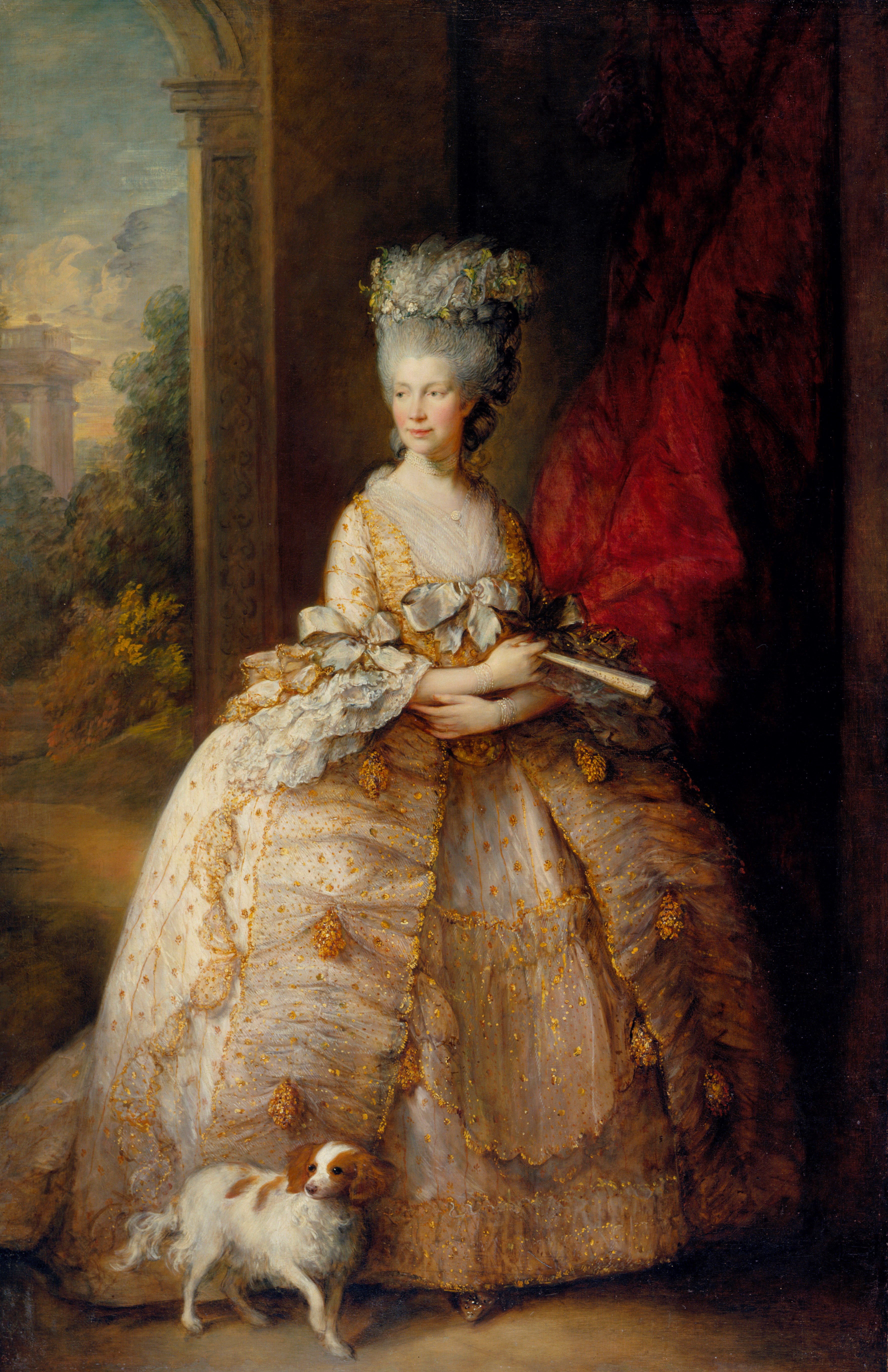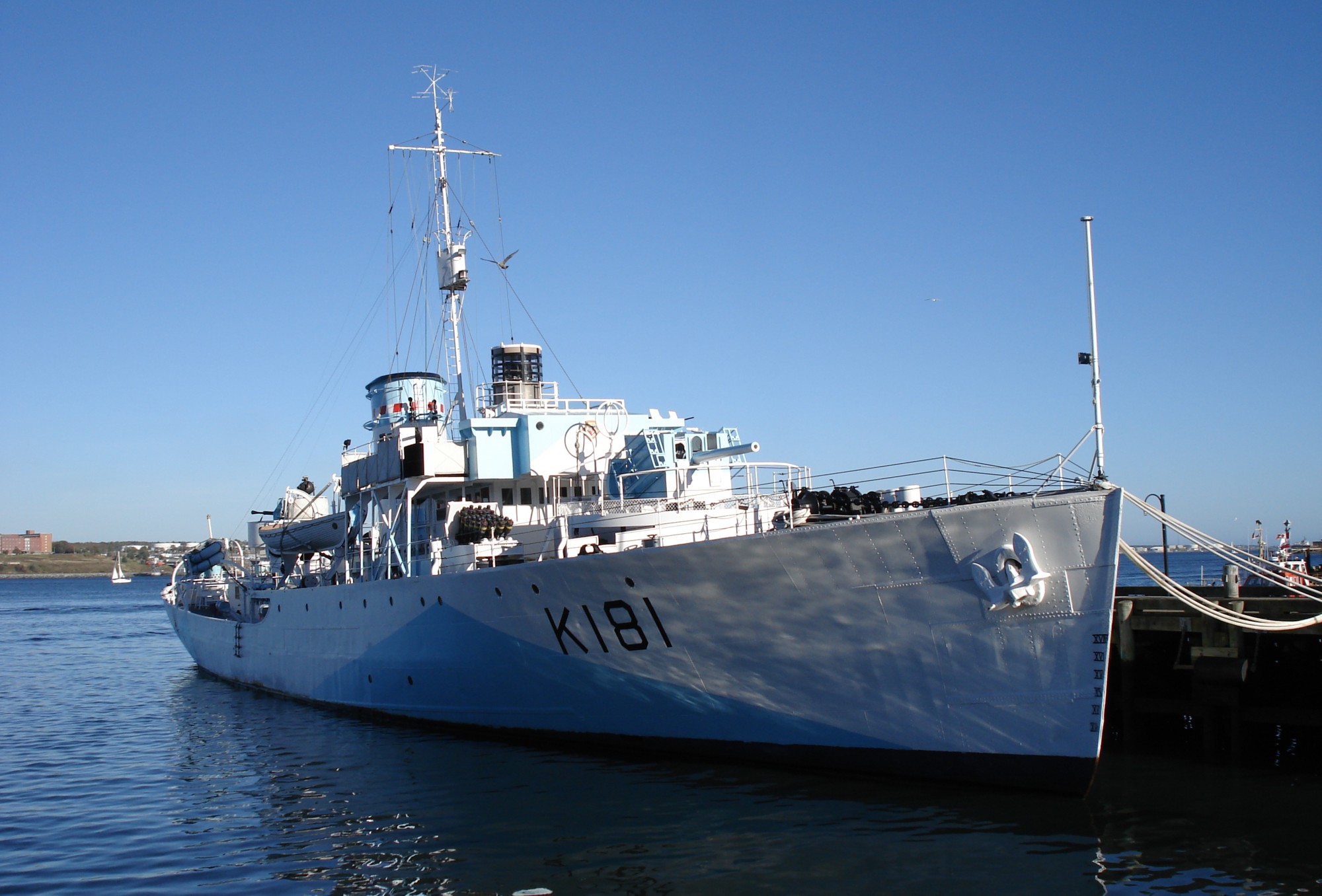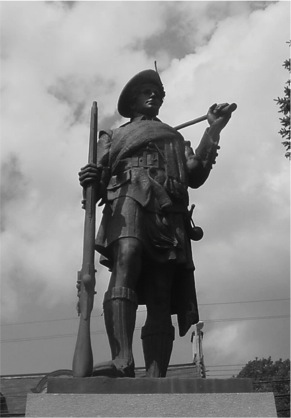|
HMCS Kamloops (K176)
HMCS ''Kamloops'' was a that served in the Royal Canadian Navy during the World War II, Second World War. She served primarily in the Battle of the Atlantic as an ocean escort. She was named for Kamloops, Kamloops, British Columbia. Background Flower-class corvettes like ''Kamloops'' serving with the Royal Canadian Navy during the Second World War were different from earlier and more traditional sail-driven corvettes. The "corvette" designation was created by the French as a class of small warships; the Royal Navy borrowed the term for a period but discontinued its use in 1877. During the hurried preparations for war in the late 1930s, Winston Churchill reactivated the corvette class, needing a name for smaller ships used in an escort capacity, in this case based on a whaling ship design. The generic name "flower" was used to designate the class of these ships, which – in the Royal Navy – were named after flowering plants. Corvettes commissioned by the Royal Canadian Nav ... [...More Info...] [...Related Items...] OR: [Wikipedia] [Google] [Baidu] |
Kamloops
Kamloops ( ) is a city in south-central British Columbia, Canada, at the confluence of the South flowing North Thompson River and the West flowing Thompson River, east of Kamloops Lake. It is located in the Thompson-Nicola Regional District, whose district offices are based here. The surrounding region is sometimes referred to as the Thompson Country. The city was incorporated in 1893 with about 500 residents. The Canadian Pacific Railroad was completed through downtown in 1886, and the Canadian National arrived in 1912, making Kamloops an important transportation hub. With a 2021 population of 97,902, it is the twelfth largest municipality in the province. The Kamloops census agglomeration is ranked 36th among census metropolitan areas and agglomerations in Canada with a 2021 population of 114,142. Kamloops is promoted as the ''Tournament Capital of Canada''. It hosts more than 100 sporting tournaments each year (hockey, baseball, curling, etc) at world-class sports ... [...More Info...] [...Related Items...] OR: [Wikipedia] [Google] [Baidu] |
Charlottetown, Prince Edward Island
Charlottetown is the capital and largest city of the Canadian province of Prince Edward Island, and the county seat of Queens County. Named after Queen Charlotte, Charlottetown was an unincorporated town until it was incorporated as a city in 1855. It was the site of the famous Charlottetown Conference in 1864, the first gathering of Canadian and Maritime statesmen to discuss the proposed Maritime Union. This conference led, instead, to the union of British North American colonies in 1867, which was the beginning of the Canadian confederation. PEI, however, did not join Confederation until 1873. From this, the city adopted as its motto ''Cunabula Foederis'', "Birthplace of Confederation". The population of Charlottetown is estimated to be 40,500 (2022); this forms the centre of a census agglomeration of 83,063 (2021), which is roughly half of the province's population (160,302). History Early history (1720–1900) The first European settlers in the area were French; pers ... [...More Info...] [...Related Items...] OR: [Wikipedia] [Google] [Baidu] |
Flower-class Corvettes Of The Royal Canadian Navy
The Flower-class corvetteGardiner and Chesneau 1980, p. 62. (also referred to as the ''Gladiolus'' class after the lead ship) was a British class of 294 corvettes used during World War II by the Allied navies particularly as anti-submarine convoy escorts in the Battle of the Atlantic. Royal Navy ships of this class were named after flowers. Most served during World War II with the Royal Navy (RN) and Royal Canadian Navy (RCN). Several ships built largely in Canada were transferred from the RN to the United States Navy (USN) under the lend-lease programme, seeing service in both navies. Some corvettes transferred to the USN were crewed by the US Coast Guard. The vessels serving with the US Navy were known as ''Temptress-'' and ''Action''-class patrol gunboats. Other Flower-class corvettes served with the Free French Naval Forces, the Royal Netherlands Navy, the Royal Norwegian Navy, the Royal Indian Navy, the Royal Hellenic Navy, the Royal New Zealand Navy, the ... [...More Info...] [...Related Items...] OR: [Wikipedia] [Google] [Baidu] |
Amherstburg
Amherstburg is a town near the mouth of the Detroit River in Essex County, Ontario, Canada. In 1796, Fort Malden was established here, stimulating growth in the settlement. The fort has been designated as a National Historic Site. The town is approximately south of the U.S. city of Detroit, Michigan, facing Wyandotte, Grosse Ile Township, Brownstown Charter Township, Trenton, and Gibraltar, Michigan. It is part of the Windsor census metropolitan area. Communities The town of Amherstburg comprises a number of villages and hamlets, including the following communities: Amherst Point, Bar Point, Busy Bee Corners, Edgewater Beach, Erieview Beach, Glen Eden, Lake Erie Country Club, Lakewood Beach, Malden Centre, McGregor (partially), River Canard (partially), Sunset Beach, Willow Beach, Willowood; ''Golfview'', ''Kingsbridge'', ''Pointe West''; ''Auld'', ''Gordon'', ''Loiselleville'', ''North Malden'', ''Quarries'', ''Southwick'', ''Splitlog''; ''Good Child Beach'', ''The Mead ... [...More Info...] [...Related Items...] OR: [Wikipedia] [Google] [Baidu] |
Ship Breaking
Ship-breaking (also known as ship recycling, ship demolition, ship dismantling, or ship cracking) is a type of ship disposal involving the breaking up of ships for either a source of parts Part, parts or PART may refer to: People *Armi Pärt (born 1991), Estonian handballer * Arvo Pärt (born 1935), Estonian classical composer *Brian Part (born 1962), American child actor *Dealtry Charles Part (1882–1961), sheriff (1926–1927) a ..., which can be sold for re-use, or for the extraction of raw materials, chiefly scrap. Modern ships have a lifespan of 25 to 30 years before corrosion, Fatigue (material), metal fatigue and a lack of parts render them uneconomical to operate. Ship-breaking allows the materials from the ship, especially steel, to be recycling, recycled and made into new products. This lowers the demand for mined iron ore and reduces energy use in the steelmaking process. Fixtures and other equipment on board the vessels can also be reused. While ship-breaking i ... [...More Info...] [...Related Items...] OR: [Wikipedia] [Google] [Baidu] |
Paid Off
Ship commissioning is the act or ceremony of placing a ship in active service and may be regarded as a particular application of the general concepts and practices of project commissioning. The term is most commonly applied to placing a warship in active duty with its country's military forces. The ceremonies involved are often rooted in centuries-old naval tradition. Ship naming and launching endow a ship hull with her identity, but many milestones remain before she is completed and considered ready to be designated a commissioned ship. The engineering plant, weapon and electronic systems, galley, and other equipment required to transform the new hull into an operating and habitable warship are installed and tested. The prospective commanding officer, ship's officers, the petty officers, and seamen who will form the crew report for training and familiarization with their new ship. Before commissioning, the new ship undergoes sea trials to identify any deficiencies needing c ... [...More Info...] [...Related Items...] OR: [Wikipedia] [Google] [Baidu] |
Convoys ONS 18/ON 202
ONS 18 and ON 202 were North Atlantic convoys of the ONS/ON series which ran during the battle of the Atlantic in World War II. They were the subject of a major U-boat attack in September 1943, the first battle in the ''Kriegsmarine''s autumn offensive, following the withdrawal from the North Atlantic route after Black May. Background Following the defeats of May 1943, and the devastating losses incurred by the U-boat Arm (''U-Bootwaffe'', or UBW) Admiral Dönitz had withdrawn from attacks on the North Atlantic route while awaiting tactical and technical improvements. Chief among these was the T-5 acoustic torpedo, with which (it was planned) the convoy escorts could be attacked and eliminated, leaving the merchant ships defenceless. By September 1943 these were ready, and U-boat Control (''Befehlshaber der Unterseeboote'', BdU) dispatched a patrol group of 21 boats, code-named ''Leuthen'', to renew the attack on the North Atlantic route. Ships involved In September 1943 ... [...More Info...] [...Related Items...] OR: [Wikipedia] [Google] [Baidu] |
Mid-Ocean Escort Force
Mid-Ocean Escort Force (MOEF) referred to the organisation of anti-submarine escorts for World War II trade convoys between Canada and Newfoundland, and the British Isles. The allocation of United States, British, and Canadian escorts to these convoys reflected preferences of the United States upon their declaration of war, and the organisation persisted through the winter of 1942–43 despite withdrawal of United States ships from the escort groups. By the summer of 1943, United States Atlantic escorts were focused on the faster CU convoys and the UG convoys between Chesapeake Bay and the Mediterranean Sea; and only British and Canadian escorts remained on the HX, SC and ON convoys. Background On the basis of experience during World War I, the Admiralty instituted trade convoys in United Kingdom coastal waters from September 1939. Anti-submarine escorts were allocated on the basis of perceived threat. Early German Type II submarines from bases in Germany were unable ... [...More Info...] [...Related Items...] OR: [Wikipedia] [Google] [Baidu] |
Western Local Escort Force
Western Local Escort Force (WLEF) referred to the organization of anti-submarine escorts for World War II trade convoys from North American port cities to the Western Ocean Meeting Point (WOMP or WESTOMP) near Newfoundland where ships of the Mid-Ocean Escort Force (MOEF) assumed responsibility for safely delivering the convoys to the British Isles.Morison (1975) p. 319 Background On the basis of experience during World War I, the Admiralty instituted trade convoys in United Kingdom coastal waters from September 1939. Convoys gradually extended westward until HX 129 left Halifax, Nova Scotia on 27 May 1941 as the first convoy to receive escort for the entire trip from Canada. The American Neutrality Zone offered some protection in North American coastal waters until United States declaration of war in December 1941. Organization The Royal Canadian Navy organized the Halifax-based Western Local Escort Force in February 1942 as German U-boats began patrolling North American coasta ... [...More Info...] [...Related Items...] OR: [Wikipedia] [Google] [Baidu] |
Pictou, Nova Scotia
Pictou ( ; Canadian Gaelic: ''Baile Phiogto'') is a town in Pictou County, in the Canadian province of Nova Scotia. Located on the north shore of Pictou Harbour, the town is approximately 10 km (6 miles) north of the larger town of New Glasgow. Once an active shipping port and the shire town of the county, today Pictou is primarily a local service centre for surrounding rural communities and the primary tourist destination in this region of Nova Scotia. The name Pictou derives from the Mi'kmaq name , meaning "explosive place", a reference to the river of pitch that was found in the area, or perhaps from methane bubbling up from coal seams below the harbour. History Pictou Town had been the location of an annual Mi'kmaq summer coastal community prior to European settlement. Pictou was part of the Epekwitk aq Piktuk Mi'kmaq District, which included present-day Prince Edward Island and Pictou. Pictou Town was a receiving point for many Scottish immigrants moving to a new ... [...More Info...] [...Related Items...] OR: [Wikipedia] [Google] [Baidu] |
Diffused Lighting Camouflage
Diffused lighting camouflage was a form of active camouflage using counter-illumination to enable a ship to match its background, the night sky, that was tested by the Royal Canadian Navy on corvettes during World War II. The principle was discovered by a Canadian professor, Edmund Godfrey Burr, in 1940. It attracted interest because it could help to hide ships from submarines in the Battle of the Atlantic, and the research project began early in 1941. The Royal Navy and the US Navy carried out further equipment development and trials between 1941 and 1943. The concept behind diffused lighting camouflage was to project light on to the sides of a ship, to make its brightness match its background. Projectors were mounted on temporary supports attached to the hull and the prototype was developed to include automatic control of brightness using a photocell. The concept was never put into production, though the Canadian prototypes did briefly see service. The Canadian ideas were a ... [...More Info...] [...Related Items...] OR: [Wikipedia] [Google] [Baidu] |



.jpg)

.jpg)
_underway_2009.jpg)


.jpg)